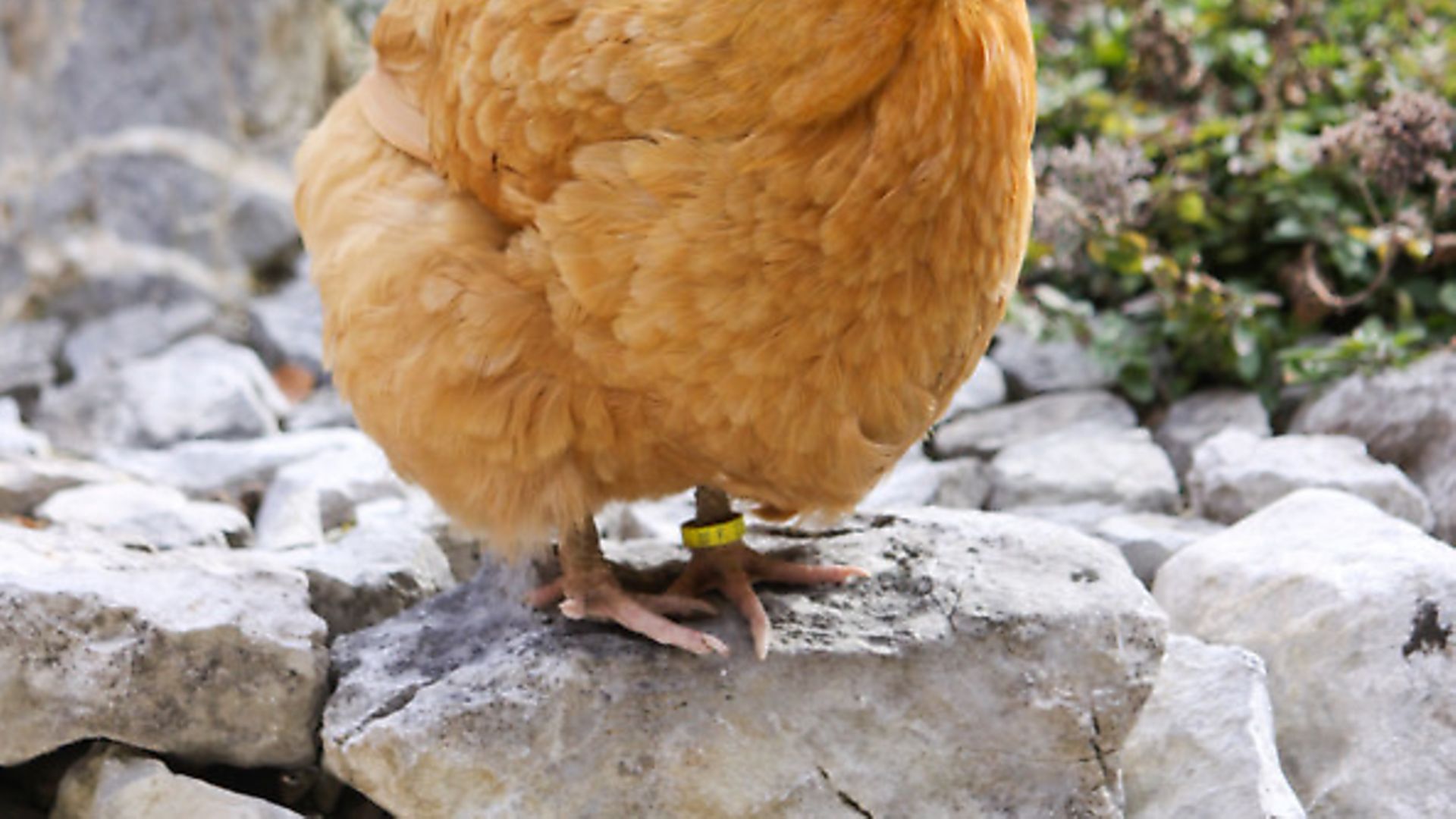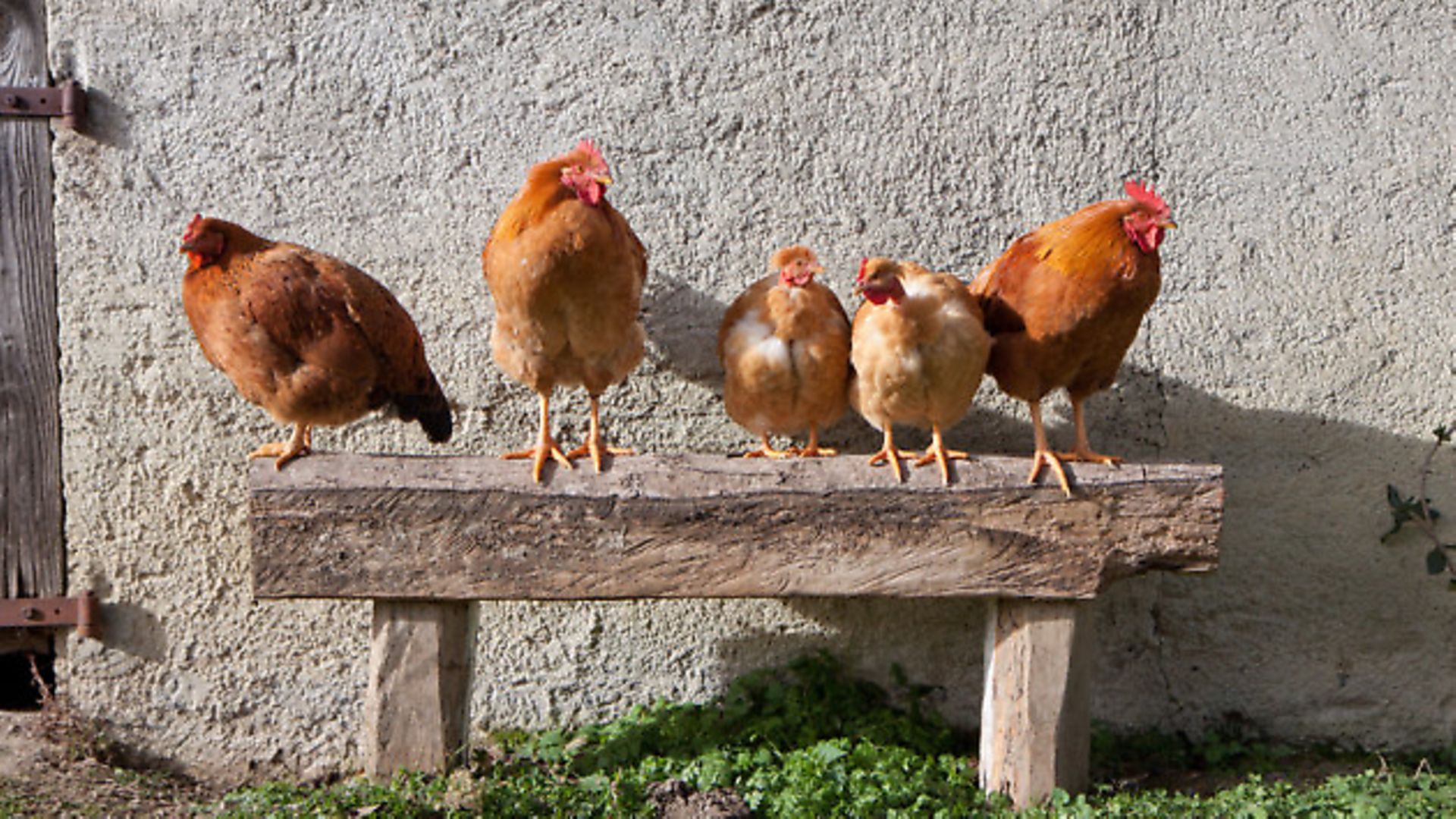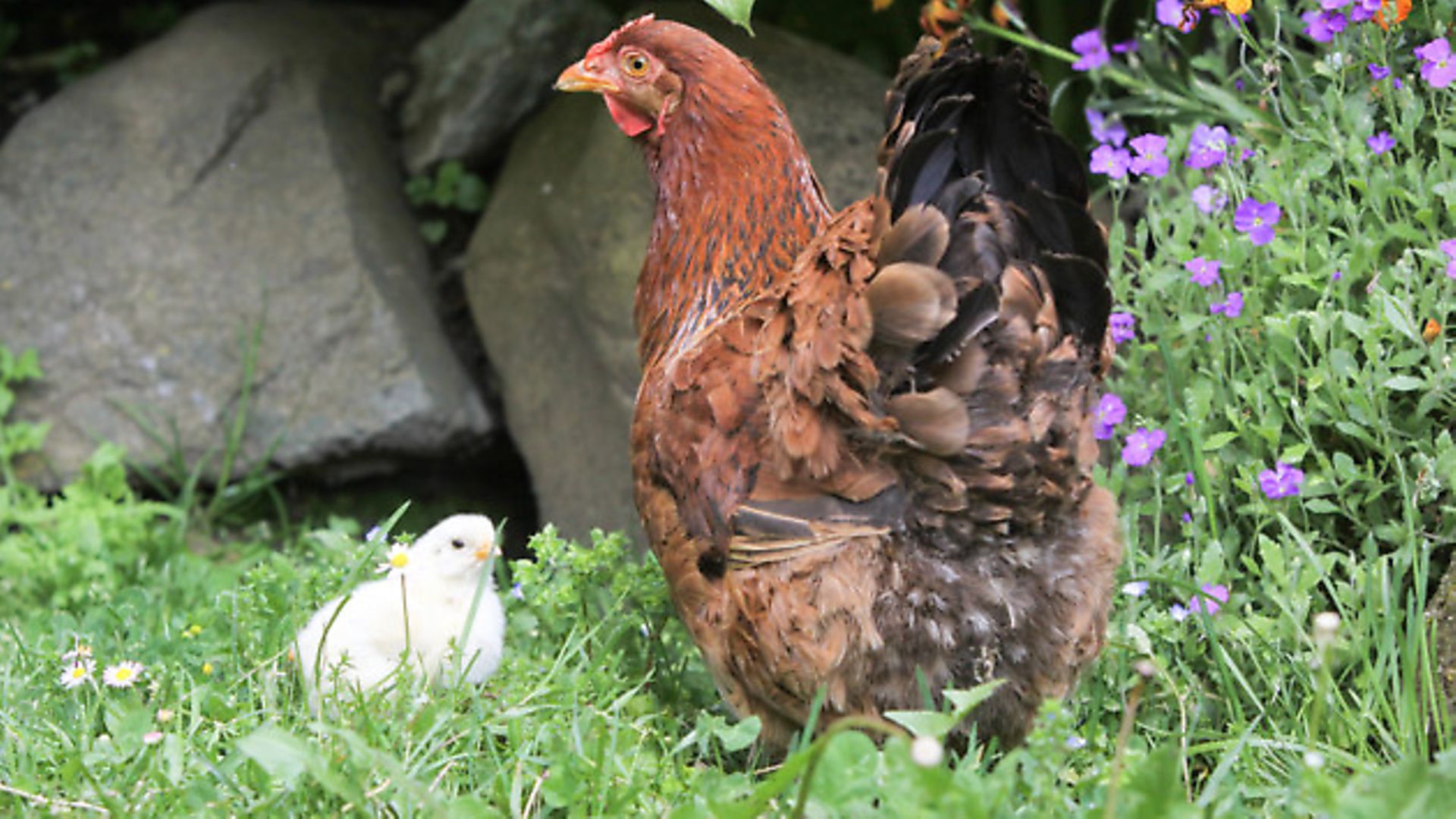Can you really have too many, asks JULIE MOORE

There’s little doubt that keeping chickens can become truly addictive. It’s an obsession that silently and unknowingly creeps up on you. Perhaps you start off with just four hens for fresh eggs and, before you know it, your flock has increased ten-fold and with other fowl to boot! Meanwhile, incubators are humming away in the spare bedroom, you read through the pages of Your Chickens and become acquainted with an attractive breed that you simply must have, not to mention the hours spent trawling through online catalogues. There’s simply NO escaping the temptation — it’s all around you! Keeping chickens can be fun and very rewarding, but whether you’re new to the poultry world or are on the verge of becoming a self-confessed ‘chickenholic’, you need to step back and ask some questions, giving truthful answers in an attempt to defy the silent addiction.
The questions
How many eggs does your family really use?
Does your family consume numerous eggs each and every week? Or perhaps you only use half a dozen eggs, in which case a couple of hens should be more than adequate for your needs. Remember, if you plump for six hybrid egg-laying machines, that’s approximately 1,800 eggs annually, or 35 eggs weekly!
How much space do you have for your flock?
For many, and particularly those living in urban areas, space is the most limiting factor. In terms of what’s actually needed, the coop itself will need to have at least the minimum recommendations as laid out by The Poultry Club of Great Britain (poultryclub.org) of 1 sq ft per bird (large fowl) and 8ins square for bantams (this includes areas to perch). You’ll also need at least one nest box per three hens. If you can’t let your flock free-range, the Poultry Club recommends 4 sq ft per bird for the run area. Don’t forget the extra labour requirements to keep run areas odour and disease-free. Free-ranging will give the chickens most enjoyment, but they can be destructive. Letting a breed well-known for its foraging abilities, such as the Transylvanian Naked Neck, loose in a small garden is sheer folly — flower beds and lawn will be decimated in the blink of an eye!

Which breed should you choose?
Choosing a good laying breed for your needs and situation can be a daunting task: hybrids versus pure breeds, large fowl versus bantams. Hybrids are extremely active layers in their first two years — some laying 300 eggs plus annually after which production tails off dramatically. Hybrids are cheaper to buy, easier to source than pure breeds and have a shorter lifespan (three to five years) as opposed to five to eight years for pure breeds. Hybrids generally don’t go broody — their job is to lay eggs, not be mothers! Pure breeds are the traditional breeds of poultry. Being full of personality, they’re generally more docile than hybrids and make for better pets. They lay fewer eggs, perhaps 100 to 250 per year, but will continue to do so for many seasons without showing signs of any dramatic drop-off. Some breeds are known for their ability to go broody at the drop of a hat, which could be a considerable inconvenience if you’re just after eggs.
Bantam breeds are better suited to a back garden environment, particularly if space is limited. They’re also generally less destructive in the garden than large fowl. Being lighter in weight, they lack the strength of their large fowl counterparts and with their shorter and often feathered legs, digging and scratching can be quite an arduous task for them.
Don’t discount their smaller eggs — with a higher yolk to white ratio than standard breeds, bantam eggs are prized for their binding qualities and the extra richness they impart.
Bantams are generally docile, sociable and easy to tame — they make great pets, particularly if you have small children.
When you have a shortlist of favourites, either visit a show to talk to someone about the breeds you favour or contact The Poultry Club of Great Britain who will be able to put you in touch with an expert.
Do you need to purchase all their feed?
Good quality feed is expensive and is the largest on-going cost faced by any poultry keeper, but it can be supplemented by home-grown food. Chickens like many crops we grow for ourselves so, if you grow your own, it’s easy to sow a little extra for your girls. Allowing your hens to forage on grass, finding their own ‘live’ food such as earthworms, snails and insects – which are all fresher and more nutritious than any bag from the pet store – will save you money too. If your hens can’t forage, consider a flock of bantams — being smaller birds, they naturally eat less food than their large fowl counterparts, so feed will go a lot further.

What will happen to your hens when you go on holiday?
Chickens need to be locked up for the night and let out in the morning. They need food and fresh water daily. Eggs need to be collected at least once a day. Chickens like routine and don’t like change. Do you know someone you can ask and trust to ‘chicken mind?’ If not, can you easily take your flock to a nearby chicken boarding facility? Having peace of mind that your hens will be looked after properly is a must, otherwise you’ll be worrying about them and unable to relax and enjoy your holiday.
What will you do with older hens when their egg production tails off or ceases altogether?
No matter what breed you choose, the fact is that an aging flock will naturally produce fewer eggs — nothing can reverse this process.
Whilst some people will decide to cull their birds when their laying days are over, making a beloved pet the guest of honour at the dinner table is out of the question for most.
As chickens generally outlive their laying days, it can be easy to become detached from the fact that keeping chickens for eggs will involve having to decide their fate. It’s vital that chicken keepers, particularly those with limited space, plan ahead and know the approach they will take when their egg supply has diminished. One solution is to stagger the introduction of pullets so you’ll always have a mix of old, prime layers and youngsters in the flock. In this case, you’ll initially start with fewer hens than you really need. If you view your chickens as pets and plan to support them in their ‘retirement,’ bear in mind the cost of feed for no return — don’t accumulate more chickens than you can afford to feed!
Once you’ve decided how many eggs your family really needs, choose the breed or breeds you want to keep and work out how many hens you’ll need.
Make a plan and stick to it. Of course, plans can change and you may find that those ‘fresh’ eggs sit around for too long or your friends and relatives simply can’t get enough of your fresh, nutritious eggs and you find that addiction creeping back yet again!
Image(s) provided by:
Archant
Archant
Archant







